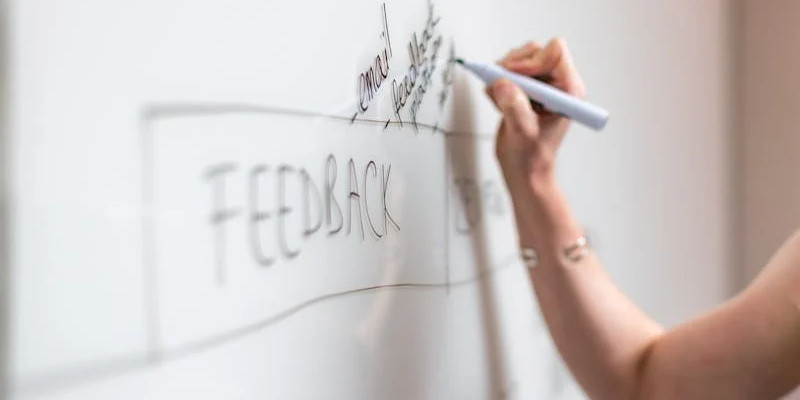 Make the most of your next presentation
Make the most of your next presentation
Learn from these great and not-so-great examples as lessons for how to give a successful presentation.
Last week, I attended a major IT conference. I saw a lot of great presentations from other IT leaders. Unfortunately, I also saw a few bad presentations.
The less effective presentations all made the same mistakes. The most common issue was relying only on the slides, not the content; giving a good presentation shouldn't rely on your slides. The quality of your presentation content matters, not how pretty you made your slides.
At the same time, it's important not to overload your slides with too much information. With information packed slides, the audience is momentarily given lots of information but - having too little time to parse it - won't recall it later. And they won't be able to concentrate on your words either, because they'll be too busy reading.
So let's learn from these great and not-so-great examples as lessons for how to give a successful presentation:
Start with energy
Your presentation needs to start on the right tone - with lots of energy. Don't drag your audience down with a boring beginning. Find a way to give your presentation a peppy beginning.
In one session, the presenter started by polling the audience: "How many of you do X?" "How many of you do Y?" "How many of you do Z?" At the third question, half the audience got up to leave before someone asked the presenter if they were in the right session (they were).
Avoid the "tag team" approach
This is where you have two (or more) presenters on the same topic, and they switch who is talking. One person discusses slide 1, the partner discusses slide 2, the first person talks about slide 3, the second person reviews slide 4, and so on. "Tag team" presentations tend to confuse the audience.
If you will share the topic, I find it's better to have one person go through a set of slides before handing off to the next person. This allows the audience to better focus on your message, as they aren't constantly shifting their attention between who is speaking.
Tell a story
The best presentations don't rely on slides; they leverage a "story" to engage the audience. A great speaker doesn't need much in the way of slides or materials to convey a message. Instead, find ways to tell a story around your presentation. Use examples drawn from real life.
In one presentation I attended, the speaker had memorized his entire speech. The slides were completely secondary to him. He rolled through his presentation in a flat monotone, occasionally flipping to the next slide. It was all about reciting the facts, most of which were written verbatim on his slides. I don't need to pay attention to you if I can get the same information from your slides.
However, another session featured a presenter who had only a handful of slides. Each slide contained a few important points. As she brought up the next slide, our attention would momentarily drift to the Powerpoint slide, then immediately back to her. Throughout her presentation, she relayed brief stories to emphasize her points. She had the audience's complete attention.
Slow down
It's not a race to the finish. Make sure you've practiced your talk beforehand, and know how to pace yourself. Be conscious of your presentation style. For example, I tend to speak more quickly when I get excited about a topic, so if I share a story about something that's very interesting to me personally, I need to make a concentrated effort to measure my speech rate. Everyone has presentation quirks - know yours.
It is equally important to know your material, and to maintain a sense of where you are in the overall presentation. If you find you are running short on time with quite a bit left to discuss, don't try to cram in the remaining topics by talkingreallyfast. That doesn't help anyone; your audience will not remember a thing you've said. Better to omit content. I would prefer you skip entire slides rather than try to fit the whole thing into the remaining time.
And, don't forget to leave time for questions! If you are slotted for an hour to talk, you should plan for your presentation to last 45 minutes, and leave the remaining time for questions and answers.
End with your info
Your first slide should certainly contain your name, institution, and the title of your presentation. I also recommend you end similarly. Your audience may not know if they want to follow up until after they have heard your story, after they become interested in what you've done. By that time, they may have completely forgotten your name, or how to reach you.
Do your audience a favor and include your name, contact information (such as email or phone number), institution, and presentation title in your last slide. Leave this slide up while you answer questions from the audience. This gives interested folks an opportunity to write down your info so they can follow up later. Also remember that many attendees may simply take a photo of your last slide, rather than writing down the information on a piece of paper, so make sure your text is easy to read.
